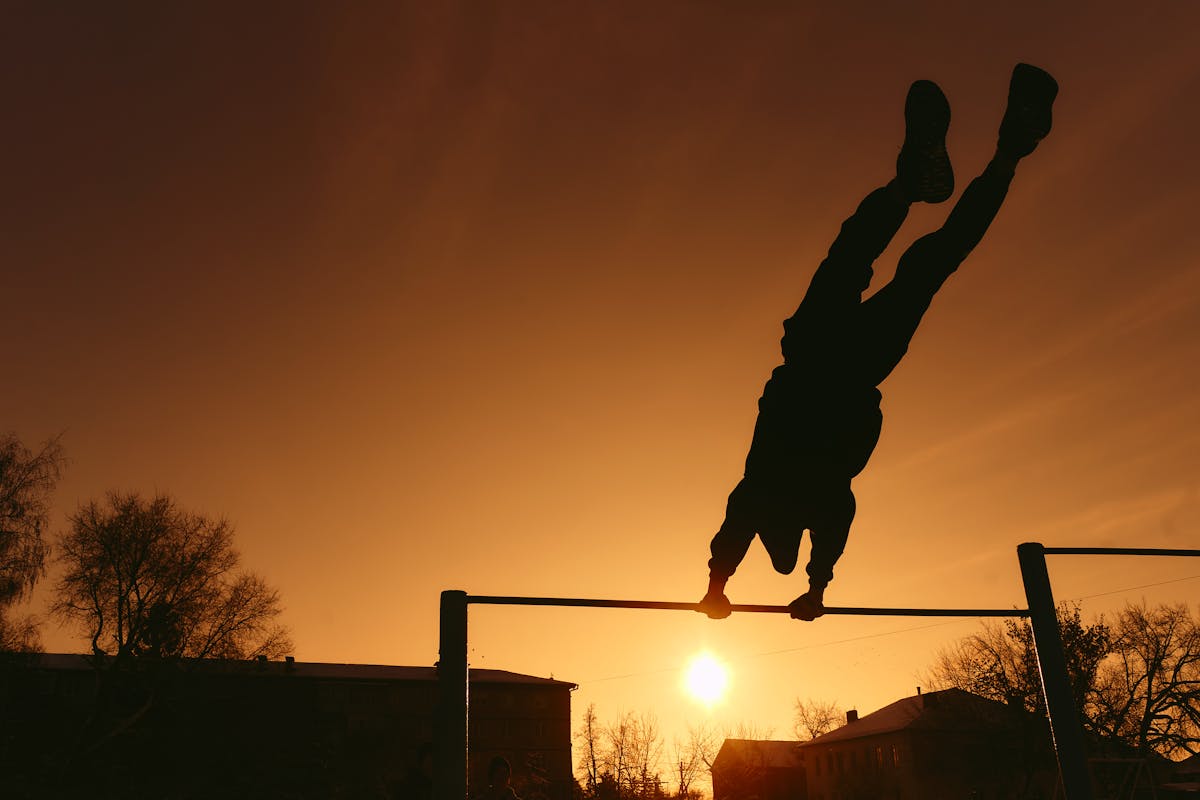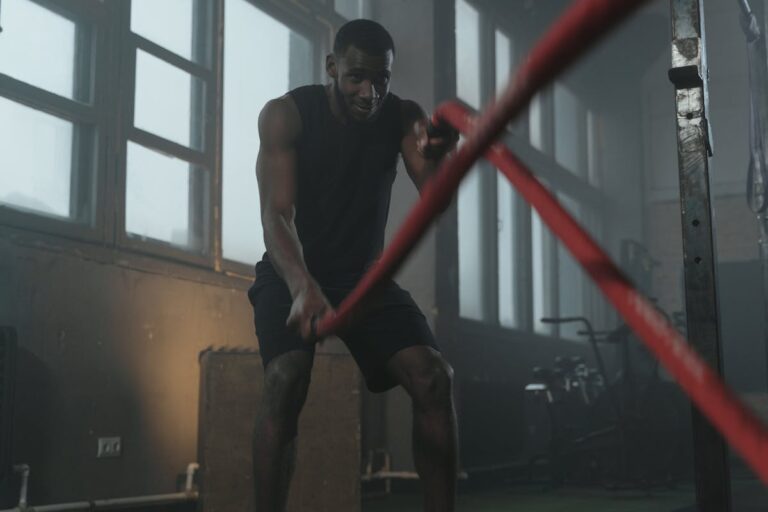Elite BodyWeight Programming: Optimize Your Fitness
Elite BodyWeight Programming
Discover how elite body weight programming can transform your fitness journey with expert techniques, progressive routines, and advanced bodyweight exercises for peak performance
Table of Contents
Unlock your full potential with elite body weight programming. Calisthenics training lets you master your own body weight. It’s a game-changer for fitness that goes beyond traditional gym workouts. It’s perfect for anyone, from seasoned athletes to beginners, offering unmatched strength, muscle growth, and health.
Bodyweight exercises are at the heart of elite body weight programming. They offer a flexible and easy way to reach your fitness goals. No need for expensive gym memberships or heavy equipment. Your body is the best tool for training. Start your journey with calisthenics and see what’s possible.
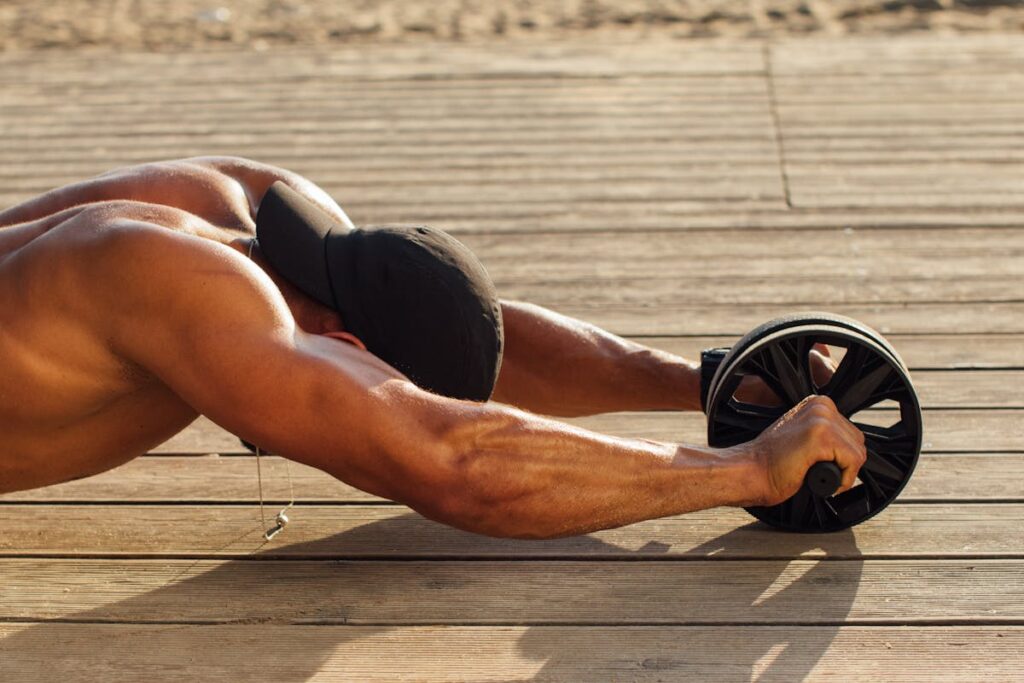
Key Takeaways
- Discover the transformative power of elite body weight programming for building strength, muscle, and overall fitness.
- Explore the versatility and accessibility of calisthenics training, where your own body is the ultimate training tool.
- Unlock the secrets to unlocking your full potential through mastering bodyweight exercises.
- Gain a deeper understanding of how elite athletes utilize calisthenics to achieve unparalleled fitness levels.
- Prepare to embark on a journey that will redefine your perception of what’s possible in the realm of fitness.
Understanding the Power of Bodyweight Training
Bodyweight training is a strong and flexible method in strength conditioning and functional fitness. It doesn’t need big equipment, making it great for both top athletes and regular people who work out.
Benefits of Equipment-Free Training Elite BodyWeight Programming
One big plus of bodyweight training is how easy it is to do. You don’t need a gym or special tools to start. This makes it simple to keep up with your workouts, anywhere, anytime. It’s also cheaper than going to the gym, helping you save money while staying fit.
Science Behind Bodyweight Exercises
Bodyweight training uses your body’s weight to work out your muscles. It includes movements that push, pull, and work your lower body. This way, your muscles get stronger and you improve your balance and coordination.
Why Elite Athletes Choose Bodyweight Training
Top athletes, like gymnasts and CrossFit stars, use bodyweight training a lot. It helps them get strong and fit in a way that’s useful for their sports. By learning hard bodyweight moves, they show how effective this training is for reaching the top of their game.
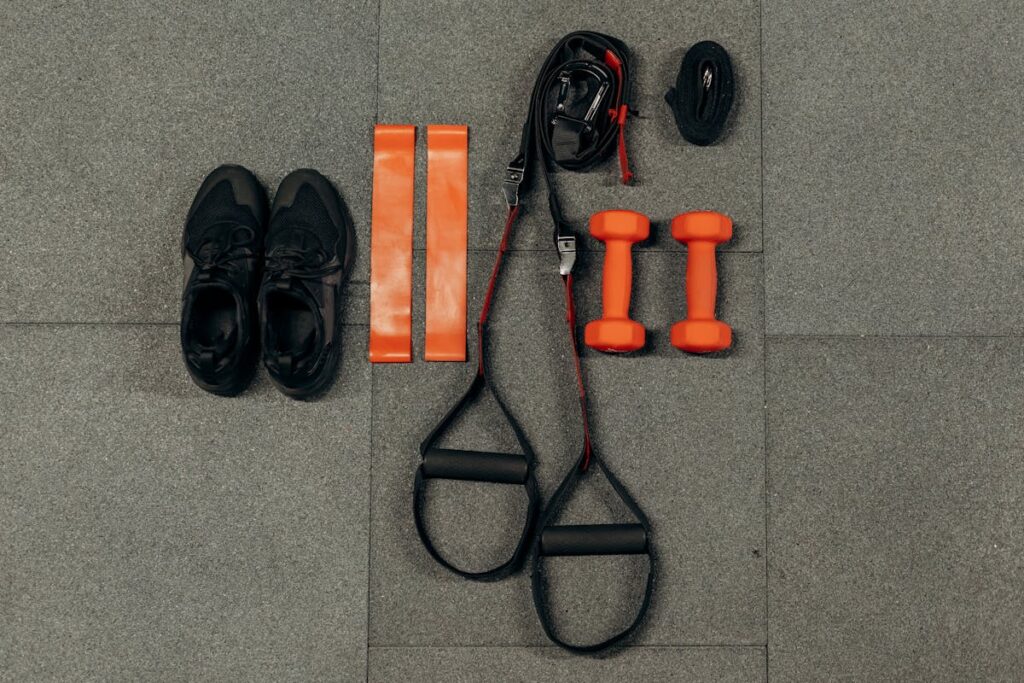
“Bodyweight training is the foundation of my strength and conditioning program. It’s not only efficient, but it also helps me develop the functional strength and mobility I need to excel in my sport.”
– [Athlete Name], [Sport]
Elite Body Weight Programming: Building Your Foundation
To get a strong, muscular body with bodyweight training, you need to learn the basics of elite calisthenics. The key is progressive overload. This means slowly increasing the intensity, volume, or complexity of your workouts over time.
Being consistent and keeping proper form are crucial for building muscle with calisthenics training. Start with simple exercises like push-ups, pull-ups, and squats. Then, move on to harder versions, focusing on control and technique more than strength.
- Make a regular training schedule that pushes you but also lets you rest and recover.
- Learn the basics well before trying harder moves.
- Keep an eye on how you’re doing and change your workout plan as needed.
As you get better, add more progressive overload to your workouts. You can do more reps, use weights, or try harder exercises. This method will help you build a strong, useful body and prepare you for more athletic feats.
| Exercise | Beginner Variation | Intermediate Variation | Advanced Variation |
|---|---|---|---|
| Push-ups | Standard push-ups | Decline push-ups | Planche push-ups |
| Pull-ups | Assisted pull-ups | Chin-ups | One-arm pull-ups |
| Squats | Air squats | Pistol squats | One-legged squat jumps |
By following the progressive overload principle and keeping your form right, you’ll start a journey to build muscle with calisthenics training.
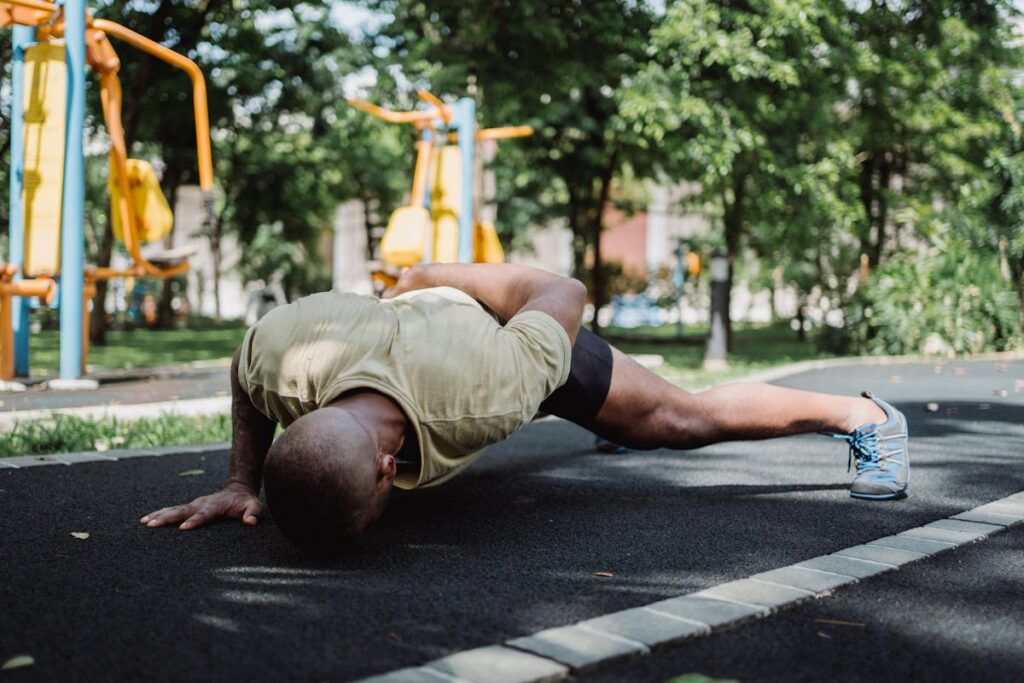
Essential Movements for Full-Body Development
Mastering key bodyweight exercises is key for full fitness. These exercises work on different muscles. They help build strength, boost functional fitness, and shape a balanced body.
Push Movement Patterns
Push-ups are a classic exercise that works the chest, shoulders, and triceps. Keep your core tight and your body straight from head to heels. Lower your chest almost to the ground. Try diamond push-ups and incline push-ups for more muscle work.
Pull Movement Patterns
Pull-ups and rows are vital for a strong back and biceps. Hold the bar with palms facing away and pull your shoulders together. Keep your core firm. Start with assisted pull-ups or inverted rows if regular pull-ups are hard.
Lower Body Fundamentals
Bodyweight squats are key for the legs, working the quadriceps, hamstrings, and glutes. Stand tall, push your hips back, and keep your knees over your toes. Try pistol squats or jump squats for more challenge.
| Bodyweight Exercise | Targeted Muscle Groups | Progression Variations |
|---|---|---|
| Push-ups | Chest, Shoulders, Triceps | Diamond Push-ups, Incline Push-ups |
| Pull-ups | Back, Biceps | Assisted Pull-ups, Inverted Rows |
| Bodyweight Squats | Quadriceps, Hamstrings, Glutes | Pistol Squats, Jump Squats |
Adding these push, pull, and lower-body exercises to your routine helps build a strong, functional body. You’ll get a balanced physique through bodyweight exercises, functional fitness, and strength conditioning.
Progressive Overload Methods in Calisthenics
To build muscle and increase strength through bodyweight training, you need a plan called progressive overload. This method is key in calisthenics. It helps you slowly make your workouts harder over time.
One way to use progressive overload is by changing leverage. As you get better, you can use less support from your body. For instance, you might start with regular push-ups and then try decline push-ups or one-arm push-ups.
- Adding resistance is another smart move. You can wear a weighted vest or backpack. Or, you can use resistance bands during your workouts.
- Changing the tempo of your movements also works. Try slowing down the part of the movement where you lower yourself. This makes your muscles work harder and helps build them up.
It’s important to keep track of your progress in calisthenics. Write down how many reps and sets you do, and the different exercises you try. This helps you keep up with progressive overload and improve your muscle building and strength conditioning.
| Progressive Overload Strategies | Example |
|---|---|
| Leverage Manipulation | Progressing from a regular push-up to a decline push-up or a one-arm push-up |
| Adding Resistance | Wearing a weighted vest or backpack, or using resistance bands |
| Tempo Adjustments | Slowing down the eccentric (lowering) phase of an exercise |
By using these progressive overload methods in your calisthenics workouts, you can keep pushing yourself. This will help you see real improvements in your muscle building and strength conditioning.
Mastering Advanced Bodyweight Skills
For those looking to advance in elite body weight programming and calisthenics training, mastering advanced skills is exciting. Skills like handstands, planches, and front levers require dedication, patience, and a deep understanding of strength conditioning.
Handstand Progression Path
Getting a freestanding handstand tests balance, core strength, and body control. Start with wall-assisted handstands, then move to freestanding holds and dynamic transitions. Focus on proper hand and body positioning for success.
Planche Training Guidelines
The planche is a key exercise in calisthenics training that demands upper body and core strength. Start with tuck planche variations and work towards the full planche. Focus on technique and progressive overload for success.
Front Lever Development
The front lever showcases back and shoulder strength. To master it, use a structured training plan with pulling exercises and core strengthening. Consistent practice and attention to form are crucial.
Remember, mastering advanced bodyweight skills is a long journey. Embrace the process, trust your progress, and enjoy the challenge of calisthenics training and strength conditioning.
Mobility and Flexibility Enhancement
In elite bodyweight training, mobility and flexibility are key for top performance and avoiding injuries. Adding mobility drills to your workout routine can boost your functional fitness. It also helps prevent issues from limited movement.
Good mobility lets your joints move freely, making bodyweight exercises safer and more effective. This is crucial for mastering skills like handstands and planche holds without getting hurt.
- Use dynamic stretches and mobility drills to loosen major muscles and boost flexibility.
- Focus on areas like shoulders, hips, and ankles to support functional fitness and prevent injuries.
- Make mobility a regular part of your warm-up or cool-down routine.
Spending time on mobility and flexibility enhancement opens up new possibilities in bodyweight training. It also lowers the chance of injury and improves your health. Adopt this approach to enhance your performance and enjoy a healthier, more flexible body.
Creating Your Customized Training Schedule
Making a personalized calisthenics training plan is crucial for reaching your fitness goals. Whether you’re new to fitness or have been training for years, your plan should match your goals and skill level.
Beginner Programming Structure
Beginners should start with basic calisthenics training movements. Your routine should include exercises for your upper and lower body. Begin with 3-4 workouts a week, giving your body time to rest.
As you get stronger, add more exercises and increase the intensity. This is called progressive overload. It helps keep your workouts challenging.
Intermediate Workout Design
When you’re more experienced, it’s time to make your workouts more complex. Include advanced movements like different types of push-ups and pull-ups. You should aim for 4-5 workouts a week.
Focus on specific muscle groups and give yourself enough time to recover. This will help you get the most out of your training.
Advanced Training Protocols
Advanced trainers should focus on mastering specific skills. Spend time on advanced movements like handstands and planches. Use periodization to avoid burnout and keep improving.
Balance your workouts between skill development and strength training. This will help you stay on track and reach your goals.
Adapting and changing your workouts is key to success in calisthenics. Always check your progress and adjust as needed. This ensures you’re getting the best results.
“The beauty of calisthenics training is its simplicity. With bodyweight exercises, you can achieve remarkable results with a minimalist approach.”
Nutrition Strategies for Bodyweight Athletes
As a bodyweight athlete, your diet is key to reaching your goals. It helps with muscle building, fat loss, and functional fitness. The right foods can boost your workouts and help you look the way you want.
Macronutrient Balance for Bodyweight Training
To fuel your workouts, aim for a balanced diet. Eat high in protein to build and repair muscles. Include complex carbs for energy and healthy fats for health and hormone balance.
- Protein: 1.6-2.2 grams per kilogram of body weight
- Carbohydrates: 3-5 grams per kilogram of body weight
- Fats: 0.8-1.2 grams per kilogram of body weight
Meal Timing and Hydration
When and how much you eat and drink matters. Eat a meal or snack before working out with carbs and protein. This gives you energy and helps muscles work well. Also, drink plenty of water to help with muscle building and fat loss.
“Proper nutrition is the foundation for any successful bodyweight training program.”
Fueling for Performance and Recovery
Add foods and supplements like whey protein, creatine, and BCAAs to your diet. They help you recover faster, build muscle, and perform better in your workouts.
Creating a balanced diet is crucial for bodyweight athletes. Talk to a sports nutritionist or registered dietitian. They can help you make a plan that fits your training and lifestyle.
Recovery and Injury Prevention Techniques
To stay at the top in elite body weight training, focus on recovery and injury prevention. Use active recovery methods, do mobility work, and listen to your body. This way, you can keep training longer and avoid injuries.
Active Recovery Methods
Doing light activities like walking, yoga, or self-massage helps remove lactic acid. It also boosts blood flow and aids in tissue repair. These activities help your body heal and get ready for the next workout.
Mobility Work Integration
Spending time on mobility drills is key to better fitness and injury prevention. Include dynamic stretches, joint mobilizations, and release techniques in your routine. They keep your joints moving well, stable, and ready for bodyweight exercises.
Listening to Your Body
It’s crucial to listen to your body to avoid overtraining and injuries. Notice any ongoing aches, pains, or energy level changes. Adjust your training to rest and recover more. This helps prevent burnout and keeps you moving forward in your body weight training.
FAQ
What is elite body weight programming, and how can it transform my fitness?
Elite body weight programming uses calisthenics and bodyweight exercises. It builds strength, muscle, and fitness. It’s effective, accessible, and versatile, making it popular for all fitness levels.
What are the benefits of equipment-free training?
Bodyweight training is convenient and cost-effective. It develops functional strength. You can train anywhere, without expensive gym memberships or equipment. It also works multiple muscle groups, improving overall fitness.
How does the science behind bodyweight exercises support their effectiveness?
Bodyweight exercises increase strength and muscle growth. They improve body composition. By using your body weight as resistance, muscles work harder. This leads to better neuromuscular coordination and muscle fiber recruitment.
Why do elite athletes choose to incorporate bodyweight training into their routines?
Elite athletes, like gymnasts and weightlifters, use bodyweight training. It builds functional strength and improves balance and coordination. This enhances their athletic performance.
What are the key principles of elite body weight programming?
Elite body weight programming focuses on proper form, consistency, and progressive overload. Mastering bodyweight exercises and increasing difficulty over time builds strength and muscle. This lays the groundwork for advanced skills.
What are the essential movement patterns for full-body development?
Key movement patterns include push, pull, and lower body exercises. Focus on these exercises and their variations. They target major muscle groups and enhance functional fitness.
How can I implement progressive overload in my calisthenics training?
Progressive overload is key for muscle growth and strength. Increase difficulty by changing leverage, adding resistance, or altering exercise tempo. Track progress and periodize training for consistent improvement.
What are the key advanced bodyweight skills I should work towards?
Aim for skills like handstands, planches, and front levers. Each skill has a progression path. Focus on proper technique and be patient. Mastering these skills is rewarding.
Why is mobility and flexibility enhancement important in bodyweight training?
Mobility and flexibility enhance bodyweight training performance. Incorporate mobility drills and stretching to improve range of motion and reduce injury risk. Mobility work is crucial for long-term success in calisthenics.
How do I create a customized training schedule for my bodyweight fitness goals?
Create a personalized program based on your skill level, goals, and time. There are specific structures and designs for all levels. Balance intensity and volume for sustainable progress.
What nutrition strategies should I follow as a bodyweight athlete?
Proper nutrition supports your training goals. Understand your macronutrient needs, meal timing, and hydration. A nutrition plan that aligns with your goals is crucial for maximizing results.
How can I optimize recovery and prevent injuries in my bodyweight training?
Recovery and injury prevention are vital. Use active recovery methods like low-intensity movement and self-massage. Regular mobility work and listening to your body help maintain progress and avoid setbacks.
